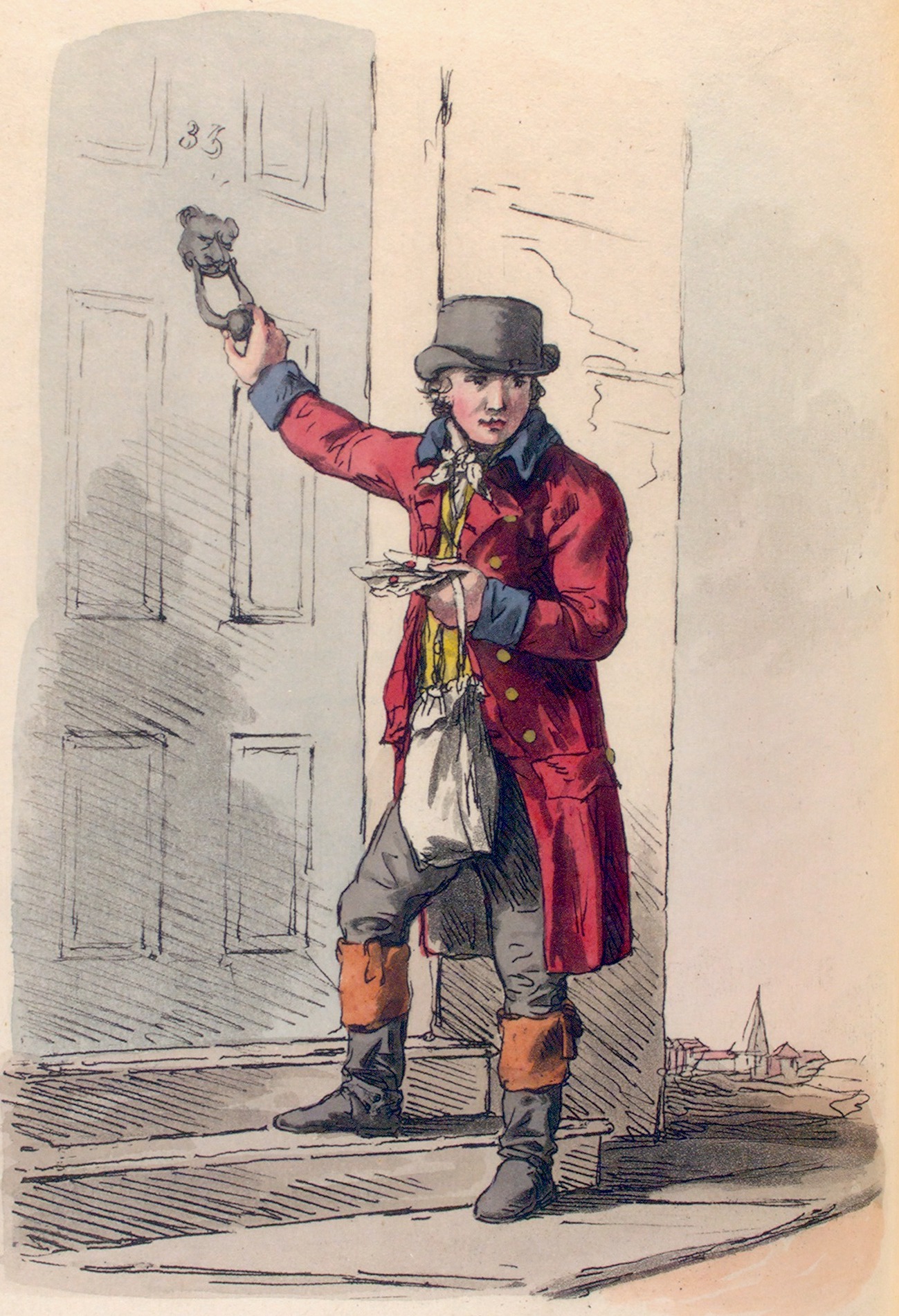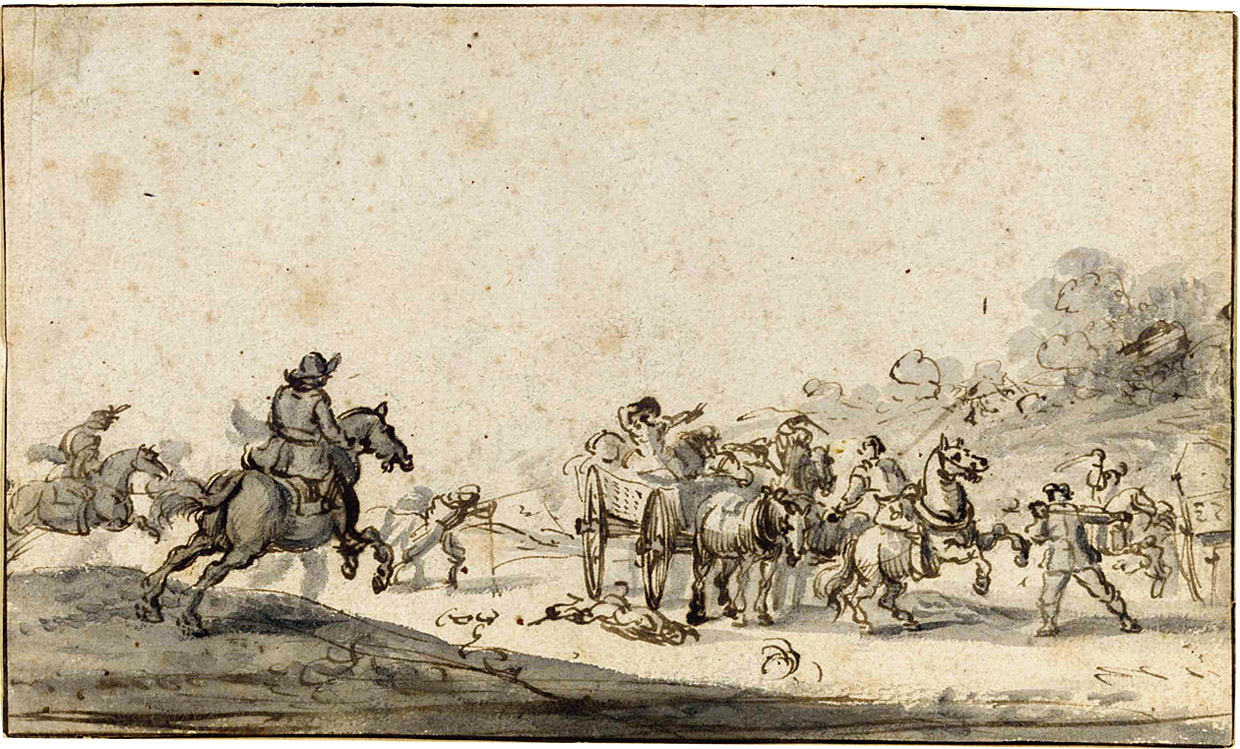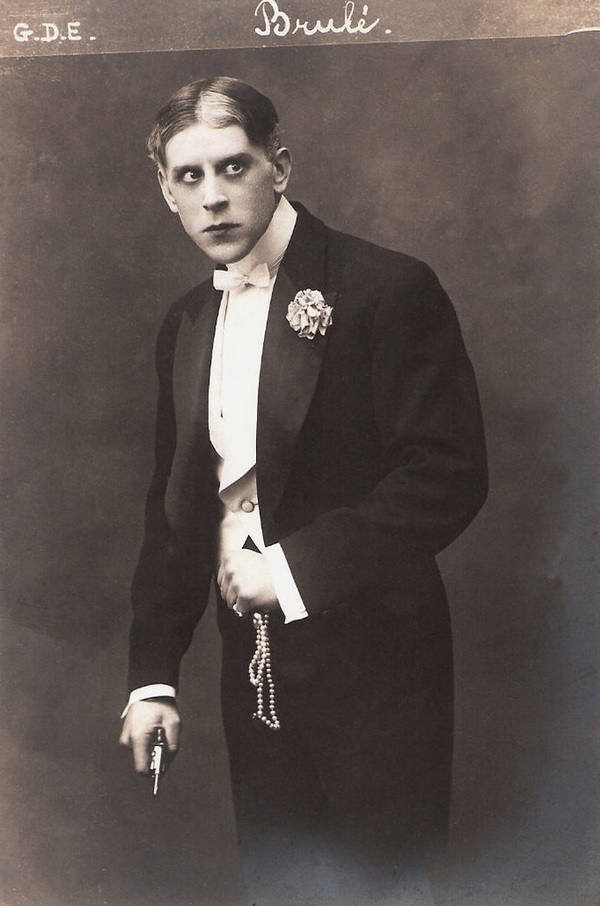|
Willie Sutton
William Francis Sutton Jr. (June 30, 1901 – November 2, 1980) was an American bank robber. During his forty-year robbery career he stole an estimated $2 million, and he eventually spent more than half of his adult life in prison and escaped three times. For his talent at executing robberies in disguises, he gained two nicknames, "Willie the Actor" and "Slick Willie". Sutton is also known as the namesake of the so-called Sutton's law although he denied originating it. Early life Sutton was born into an Irish-American family on June 30, 1901 in Brooklyn, New York to William Francis Sutton Sr., a blacksmith, and Mary Ellen Bowles. His family lived on the corner of Gold and Nassau Streets in the neighborhood of Irishtown, Brooklyn, now called Vinegar Hill. According to his biography, ''Where the Money Was'', at the age of three the family relocated to High Street. His mother was, according to the biography, born in Ireland; however, according to the 1910 U.S. Census, she was ... [...More Info...] [...Related Items...] OR: [Wikipedia] [Google] [Baidu] |
Brooklyn, New York
Brooklyn () is a borough of New York City, coextensive with Kings County, in the U.S. state of New York. Kings County is the most populous county in the State of New York, and the second-most densely populated county in the United States, behind New York County (Manhattan). Brooklyn is also New York City's most populous borough,2010 Gazetteer for New York State . Retrieved September 18, 2016. with 2,736,074 residents in 2020. Named after the Dutch village of Breukelen, Brooklyn is located on the w ... [...More Info...] [...Related Items...] OR: [Wikipedia] [Google] [Baidu] |
Organized Crime
Organized crime (or organised crime) is a category of transnational, national, or local groupings of highly centralized enterprises run by criminals to engage in illegal activity, most commonly for profit. While organized crime is generally thought of as a form of illegal business, some criminal organizations, such as terrorist groups, rebel forces, and separatists, are politically motivated. Many criminal organizations rely on fear or terror to achieve their goals or aims as well as to maintain control within the organization and may adopt tactics commonly used by authoritarian regimes to maintain power. Some forms of organized crime simply exist to cater towards demand of illegal goods in a state or to facilitate trade of goods and services that may have been banned by a state (such as illegal drugs or firearms). Sometimes, criminal organizations force people to do business with them, such as when a gang extorts money from shopkeepers for "protection". Street gangs may ofte ... [...More Info...] [...Related Items...] OR: [Wikipedia] [Google] [Baidu] |
Eastern State Penitentiary
The Eastern State Penitentiary (ESP) is a former American prison in Philadelphia, Pennsylvania. It is located at 2027 Fairmount Avenue between Corinthian Avenue and North 22nd Street in the Fairmount section of the city, and was operational from 1829 until 1971. The penitentiary refined the revolutionary system of separate incarceration first pioneered at the Walnut Street Jail which emphasized principles of reform rather than punishment. Notorious criminals such as Al Capone and bank robber Willie Sutton were held inside its innovative wagon wheel design. James Bruno (Big Joe) and several male relatives were incarcerated here between 1936 and 1948 for the alleged murders in the Kelayres massacre of 1934, before they were paroled. At its completion, the building was the largest and most expensive public structure ever erected in the United States,Johnston, Norman. Eastern State Penitentiary: Crucible of Good Intentions. Philadelphia: Philadelphia Museum of Art, 1994. and quickl ... [...More Info...] [...Related Items...] OR: [Wikipedia] [Google] [Baidu] |
Skylight (window)
A skylight (sometimes called a rooflight) is a light-permitting structure or window, usually made of transparent or translucent glass, that forms all or part of the roof space of a building for daylighting and ventilation purposes. History Open skylights were used in Ancient Roman architecture, such as the oculus of the Pantheon. Glazed 'closed' skylights have been in use since the Industrial Revolution made advances in glass production manufacturing. Mass production units since the mid-20th century have brought skylights to many uses and contexts. Energy conservation has brought new motivation, design innovation, transmission options, and efficiency rating systems for skylights. Prior to the Industrial Revolution, it was Spain and France that probably had the leading technology in architectural glass. One of the earliest forms of glass skylight can be seen at the Burgos Cathedral in the Chapel of the Constable. Other early form of glass skylight can be seen at the Palace of V ... [...More Info...] [...Related Items...] OR: [Wikipedia] [Google] [Baidu] |
Postman
A mail carrier, mailman, mailwoman, postal carrier, postman, postwoman, or letter carrier (in American English), sometimes colloquially known as a postie (in Australia, Canada, New Zealand, and the United Kingdom), is an employee of a post office or postal service, who delivers mail and parcel post to residences and businesses. The term "mail carrier" came to be used as a gender-neutral substitute for "mailman" soon after women began performing the job. In the Royal Mail, the official name changed from "letter carrier" to "postman" in 1883, and "postwoman" has also been used for many years. United States In the United States, there are three types of mail carriers: City Letter Carriers, who are represented by the National Association of Letter Carriers; Rural Carriers, who are represented by the National Rural Letter Carriers' Association; and Highway Contract Route carriers, who are independent contractors. While union membership is voluntary, city carriers are organized ... [...More Info...] [...Related Items...] OR: [Wikipedia] [Google] [Baidu] |
Philadelphia
Philadelphia, often called Philly, is the largest city in the Commonwealth of Pennsylvania, the sixth-largest city in the U.S., the second-largest city in both the Northeast megalopolis and Mid-Atlantic regions after New York City. Since 1854, the city has been coextensive with Philadelphia County, the most populous county in Pennsylvania and the urban core of the Delaware Valley, the nation's seventh-largest and one of world's largest metropolitan regions, with 6.245 million residents . The city's population at the 2020 census was 1,603,797, and over 56 million people live within of Philadelphia. Philadelphia was founded in 1682 by William Penn, an English Quaker. The city served as capital of the Pennsylvania Colony during the British colonial era and went on to play a historic and vital role as the central meeting place for the nation's founding fathers whose plans and actions in Philadelphia ultimately inspired the American Revolution and the nation's inde ... [...More Info...] [...Related Items...] OR: [Wikipedia] [Google] [Baidu] |
Corn Exchange Bank
The Corn Exchange Bank was a retail bank founded in 1853 in New York state. Over the years, the company acquired many community banks. History In 1855, the Corn Exchange Bank moved into an existing building in New York City at the northwest corner of William and Beaver Streets in Manhattan. In 1894, the bank completed its new headquarters, an 11-story building designed by Robert Henderson Robertson located at 11-15 William Street. Between 1923 and 1925, together with a number of other New York banks, it held a small stake in the Connecticut-chartered Bank of Central and South America. In 1929, it was renamed the Corn Exchange Bank and Trust Company. In 1954, it merged with Chemical Bank and the combined entity took the name Chemical Corn Exchange Bank. After Chemical Corn merged with New York Trust Company in 1959, the words "Corn Exchange" were dropped, creating the Chemical Bank New York Trust Company. As late as 1928, photographs show that the Corn Exchange Bank had a br ... [...More Info...] [...Related Items...] OR: [Wikipedia] [Google] [Baidu] |
Robbery
Robbery is the crime of taking or attempting to take anything of value by force, threat of force, or by use of fear. According to common law, robbery is defined as taking the property of another, with the intent to permanently deprive the person of that property, by means of force or fear; that is, it is a larceny or theft accomplished by an assault. Precise definitions of the offence may vary between jurisdictions. Robbery is differentiated from other forms of theft (such as burglary, shoplifting, pickpocketing, or car theft) by its inherently violent nature (a violent crime); whereas many lesser forms of theft are punished as misdemeanors, robbery is always a felony in jurisdictions that distinguish between the two. Under English law, most forms of theft are triable either way, whereas robbery is triable only on indictment. The word "rob" came via French from Late Latin words (e.g., ''deraubare'') of Germanic origin, from Common Germanic ''raub'' "theft". Among the types ... [...More Info...] [...Related Items...] OR: [Wikipedia] [Google] [Baidu] |
Assault
An assault is the act of committing physical harm or unwanted physical contact upon a person or, in some specific legal definitions, a threat or attempt to commit such an action. It is both a crime and a tort and, therefore, may result in criminal prosecution, civil liability, or both. Generally, the common law definition is the same in criminal and tort law. Traditionally, common law legal systems have separate definitions for assault and battery. When this distinction is observed, battery refers to the actual bodily contact, whereas assault refers to a credible threat or attempt to cause battery. Some jurisdictions combined the two offences into a single crime called "assault and battery", which then became widely referred to as "assault". The result is that in many of these jurisdictions, assault has taken on a definition that is more in line with the traditional definition of battery. The legal systems of civil law and Scots law have never distinguished assault from batte ... [...More Info...] [...Related Items...] OR: [Wikipedia] [Google] [Baidu] |
Robin Hood
Robin Hood is a legendary heroic outlaw originally depicted in English folklore and subsequently featured in literature and film. According to legend, he was a highly skilled archer and swordsman. In some versions of the legend, he is depicted as being of noble birth, and in modern retellings he is sometimes depicted as having fought in the Crusades before returning to England to find his lands taken by the Sheriff. In the oldest known versions he is instead a member of the yeoman class. Traditionally depicted dressed in Lincoln green, he is said to have robbed from the rich and given to the poor. Through retellings, additions, and variations, a body of familiar characters associated with Robin Hood has been created. These include his lover, Maid Marian, his band of outlaws, the Merry Men, and his chief opponent, the Sheriff of Nottingham. The Sheriff is often depicted as assisting Prince John in usurping the rightful but absent King Richard, to whom Robin Hood remains loy ... [...More Info...] [...Related Items...] OR: [Wikipedia] [Google] [Baidu] |
Gentleman Thief
A gentleman thief, gentleman burglar, lady thief, or phantom thief is a stock character in fiction. A gentleman or lady thief is characterised by impeccable manners, charm, courteousness, and the avoidance of physical force or intimidation to steal, and often has inherited wealth. They steal not only to gain material wealth but also for the thrill of the act itself, which is often combined in fiction with correcting a moral wrong, selecting wealthy targets, or stealing only particularly rare or challenging objects. In fiction In fiction, the gentleman thief is typically superb at stealing while maintaining a gentleman's manners and a code of honour. For example, A. J. Raffles steals only from other gentlemen (and occasionally gives the object away to a good cause); Arsène Lupin steals from the rich who do not appreciate their art or treasures and redistributes it; Saint Tail steals back what was stolen or taken dishonestly or rights the wrongs done to the innocent by implicat ... [...More Info...] [...Related Items...] OR: [Wikipedia] [Google] [Baidu] |
Reader's Digest
''Reader's Digest'' is an American general-interest family magazine, published ten times a year. Formerly based in Chappaqua, New York, it is now headquartered in midtown Manhattan. The magazine was founded in 1922 by DeWitt Wallace and his wife Lila Bell Wallace. For many years, ''Reader's Digest'' was the best-selling consumer magazine in the United States; it lost the distinction in 2009 to '' Better Homes and Gardens''. According to Mediamark Research (2006), ''Reader's Digest'' reached more readers with household incomes of over $100,000 than ''Fortune'', ''The Wall Street Journal'', '' Business Week'', and '' Inc.'' combined. Global editions of ''Reader's Digest'' reach an additional 40 million people in more than 70 countries, via 49 editions in 21 languages. The periodical has a global circulation of 10.5 million, making it the largest paid-circulation magazine in the world. It is also published in Braille, digital, audio, and a large type called "Reader's Digest Larg ... [...More Info...] [...Related Items...] OR: [Wikipedia] [Google] [Baidu] |



.jpg)





